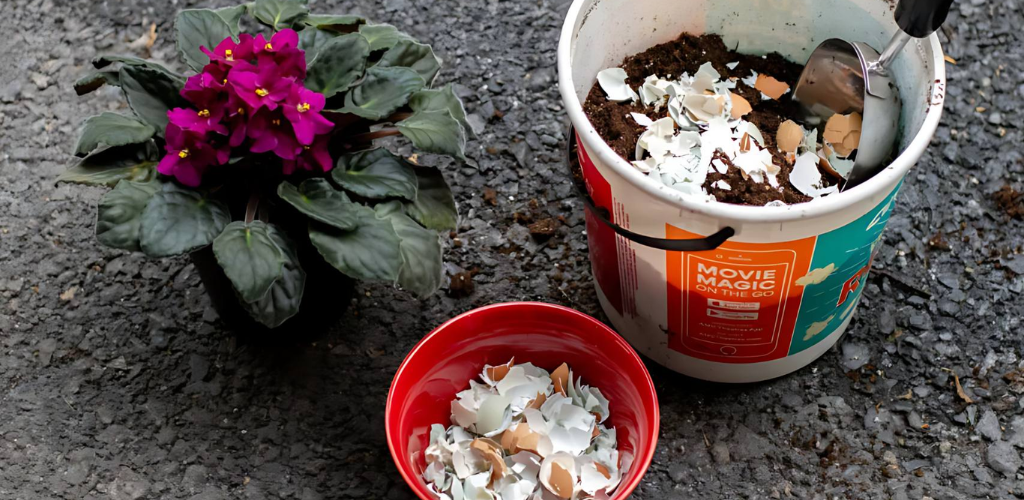6 Uses of Eggshells in the Garden + 4 Myths about Using Eggshells in Gardening
When you’re whipping up that batch of chocolate chip cookies or making your eggs and bacon for breakfast, save the eggshells. Believe it or not , the benefits of the “amazing, edible egg” also extend to the shell it comes in. Using eggshells in the garden (and for your houseplants) is a great idea. But as with many popular gardening tips on the internet, some suggested uses for eggshells don’t make much sense.
What does an eggshell contain?
I’m not talking about the egg itself, but what makes up the shell. It turns out that eggshells are an excellent source of calcium. There are approximately 380 mg of calcium carbonate per gram in chicken egg shells.
If you’re already getting enough calcium in your diet, the next best place to use eggshells is in your garden.
Eggshells for the long term in the garden
In addition to calcium, eggshells contain other nutrients that benefit plants. Phosphorus, magnesium, sodium, potassium and some other trace minerals are present in eggshells. But it is important to keep in mind that the amount of these minerals is very small.
If you’re hoping to use eggshells as an all-purpose fertilizer or magic garden solution, you’re likely to be disappointed.
However, if you make the habit of saving and using eggshells in your garden year after year, you will end up with healthier, nutrient-rich soil in the long run. When we add organic matter to our gardens, it’s all about playing the long game, slowly replacing lost nutrients and letting them decompose and incorporate into the soil. That’s the key to consistently robust crops.
First, we’re going to bust some myths about using eggshells in the garden, then we’ll talk about ways you can use them and how to prepare them.
